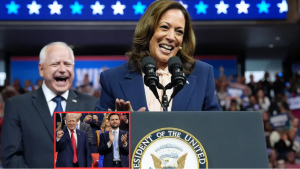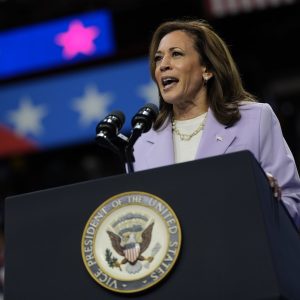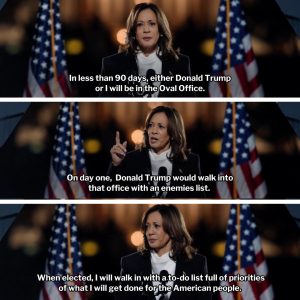Rumors are swirling around an enigmatic prophecy that has Trump feeling more confident than ever about his path to victory. What secrets did the prophet share that filled him with unshakable certainty? As whispers grow louder, insiders suggest it may be more than just speculation – this could be a revelation that shifts the entire landscape of the election. Could this prophecy truly hold the key to Trump’s success? Dive deeper to uncover the mysterious details fueling this electrifying belief.

To analyze who has the higher chance of winning in the presidential race, we need to consider key factors such as the current political climate, each candidate’s track record and public image, voter group support, and campaign strategy.
1. Political Climate and Voter Sentiment
- Economy and Living Standards: Economic conditions play a crucial role in voters’ decisions. If the economy is growing steadily and unemployment is low, the ruling party generally has an advantage. Conversely, if the economy falters, public support tends to decline, creating an opportunity for the opposition.
- Social Issues: Topics such as gender equality, race, LGBT+ rights, and climate change are increasingly top concerns for many voters, especially younger generations. A candidate with clear, trend-aligned views on these issues has a better chance of attracting this voter base.
2. Track Record and Public Image of the Candidates
- Kamala Harris: As the incumbent vice president, Harris has the advantage of public familiarity. However, she faces controversy surrounding issues like public spending, border management, and social reform. Policies involving significant spending and social benefits may appeal to progressive voters but risk alienating moderate or conservative voters who are concerned about budget deficits and government intervention.
- Her Opponents (presumably Donald Trump or Ron DeSantis): Both are prominent conservative figures with large, loyal followings. Trump, having previously held the presidency, brings experience and working-class support, while DeSantis is seen as a younger, fresh face with a strong conservative stance, potentially appealing to those looking for a change in leadership.
3. Voter Group Support
- Core Voter Groups: Kamala Harris is likely to maintain support from progressive voters, women, people of color, and younger voters—those who value her social and equality policies. Trump or DeSantis may continue to attract conservative groups, Republicans, and those dissatisfied with the current administration’s policies.
- Swing and Independent Voters: This group is the key to election outcomes. Harris may need to moderate policies considered too “progressive” to avoid alienating centrist voters. Meanwhile, Trump or DeSantis will need to convince these voters they can bring stability and growth without furthering division
- .
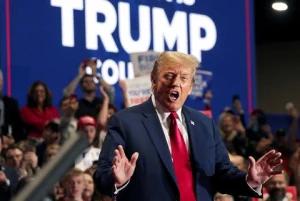
-

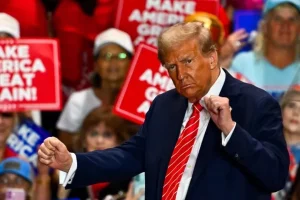
4. Campaign Strategy
- Harris could focus on the Biden-Harris administration’s accomplishments in tackling the pandemic, economy, and social reforms, aiming to convince voters that positive change is underway. However, she must approach cautiously to avoid alienating traditional voter groups.
- Trump or DeSantis could capitalize on weaknesses in the current administration, such as inflation, immigration, and social controversies. They may promise economic stimulus and reduced government spending to appeal to voters concerned about personal finances.
Conclusion
Based on these factors, each candidate’s chances depend on the economic and social context during the election period, as well as their ability to retain core voter support and attract undecided voters. Kamala Harris has the advantage of incumbency but faces controversies over divisive policies. If Trump or DeSantis skillfully address economic and social issues, they could present a strong challenge.
